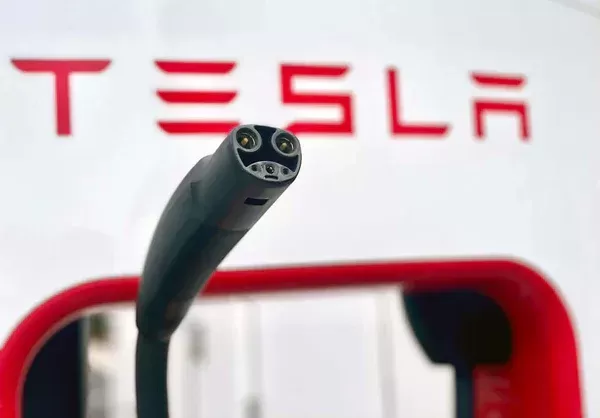Notifications

5 minutes, 45 seconds
-29 Views 0 Comments 0 Likes 0 Reviews

As a leading EV charger manufacturer in China, Topper Company provides dependable electric vehicle charging stations and comprehensive charging solutions.
As electric vehicles (EVs) surge in popularity, the demand for efficient and convenient home charging solutions grows rapidly. The North American Charging Standard (NACS), developed by Tesla, is becoming a favored option for many EV owners, offering a streamlined and versatile charging experience. This article explores what NACS is, its advantages, and how to select the best NACS home charger for your EV.
The North American Charging Standard (NACS) is a charging connector interface designed by Tesla Inc. Unlike the more widely used Combined Charging System (CCS), NACS features a significantly smaller connector that uses the same pins for both AC and DC charging. This unique design simplifies wiring and improves charging efficiency.
Initially introduced in 2012 as a proprietary Tesla connector, NACS has since become standard on all Tesla vehicles and enables charging on Tesla’s Supercharger network. Other EV manufacturers typically use CCS1 in North America and CCS2 in Europe for DC fast charging.
NACS’s compact design offers several benefits, including reduced wiring complexity and seamless switching between AC and DC charging modes, thanks to integrated control electronics. This results in a more efficient, integrated charging experience.
Tesla vehicles natively support NACS Superchargers. Non-Tesla EVs can also use these chargers with a NACS-to-CCS adapter. Unlike Tesla’s older connector relying on CAN bus communication, NACS uses the ISO 15118 protocol, the same as CCS, enabling interoperability.
Tesla’s Supercharger V3 network currently offers up to 250 kW DC fast charging in North America, but NACS supports:
AC Charging: Up to 80 amps at 277 volts, ideal for home or workplace charging.
DC Fast Charging: Up to 500 amps at 500 volts, ready for next-gen high-power EVs.
This flexibility enhances accessibility and future-proofs the charging ecosystem.
Currently, only Tesla’s Supercharger network supports native NACS charging for both AC and DC. However, non-Tesla EV owners can still access Tesla Wall Connectors, Mobile Connectors, and Destination Chargers via Tesla-to-J1772 adapters, broadening compatibility.
Charging via a standard 120V outlet (Level 1) adds only about 3 miles of range per hour, which is too slow for most daily needs. A 240V Level 2 home charger (EVSE) can add up to 25 miles of range per hour, making daily EV use much more convenient and cost-effective.
Home charging is usually cheaper than public options and ensures your vehicle is fully charged each morning, enhancing your overall EV ownership experience.
When selecting a NACS home charger, consider the following:
Amperage: Higher amperage means faster charging. Chargers commonly range from 40 to 80 amps.
Cable Length: A 25-foot cable offers flexibility for various parking setups and future EV models.
Cable Management: Look for wall-mounted hooks or holsters to keep cables tidy and safe.
Size: Slim designs are ideal for garages or limited spaces.
Smart Features: App-based scheduling and energy monitoring can save money by utilizing off-peak electricity rates.
Professional installation is highly recommended for safety and compliance. Key points include:
Electrical Panel: Confirm your panel supports a dedicated 240V circuit, preferably 40 amps or higher.
Licensed Electrician: Hiring a professional ensures proper wiring, grounding, and adherence to codes.
Permits: Verify local permitting and inspection requirements.
Charger Placement: Install close to your parking spot, and ensure outdoor units are weatherproofed.
Wi-Fi Connectivity: Ensure strong Wi-Fi signal for smart charger functionality.
Tesla Wall Connector: The official choice for Tesla owners, offering up to 44 miles of range per hour and Wi-Fi connectivity.
ClipperCreek HCS-40P: Durable and reliable, suitable for a wide range of EVs.
JuiceBox 40: A smart charger with app control, energy monitoring, and adjustable amperage.
Selecting the right NACS home charger can significantly enhance your EV ownership experience, making charging faster, smarter, and more convenient. By considering amperage, cable length, installation, and smart features, you can ensure your home charging setup meets your needs while supporting a greener future.Know more about Google SEO Directory
China EV Chargers EV Charger Manufacturer EV Charging Solutions

